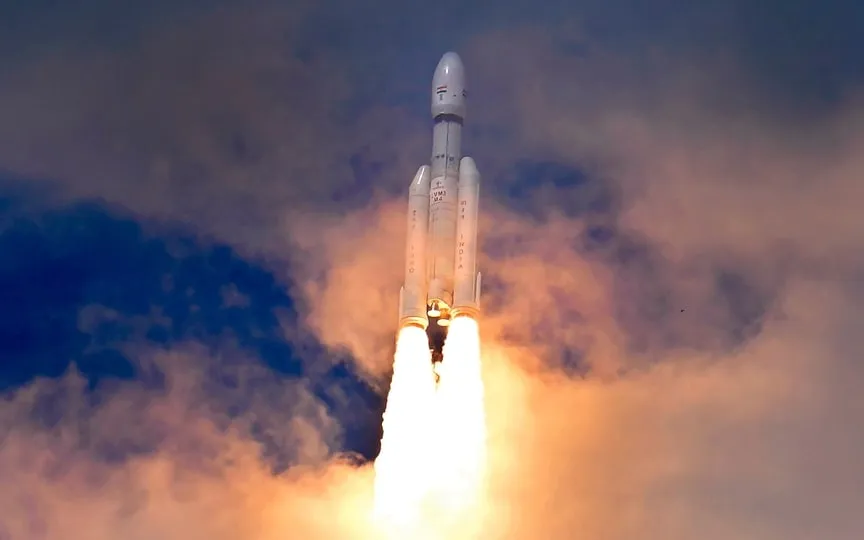ISRO Reports Positive Progress as Chandrayaan-3 Vikram Lander Nears Moon
ISRO provided an update on the progress of Chandrayaan-3’s soft landing, stating that the mission is proceeding as planned and that regular checks are being conducted on the systems.
“Smooth sailing continues, the Mission Operations Complex (at ISRO) is full of energy and excitement!” ISRO posted on X, formerly Twitter.
After the failure of Russia’s Luna-25 mission, all eyes are on India as its Chandrayaan-3 is scheduled to land on the Moon on August 23, 2023 (Wednesday), at around 6:04 PM IST.
Live coverage of the MOX landing operations will begin at 1720 IST on Wednesday. The landing events will be available on ISRO’s website, its YouTube channel, Facebook and broadcaster DD National TV from 23.08.2023 at 17:27 IST.
Along with the mission update, ISRO also released images of the moon captured by the Lander Position Detection Camera (LPDC) from an altitude of about 70 km.
These images help the lander determine its position (latitude and longitude) by comparing them to a lunar reference map.
On Monday, ISRO released a series of images of the far side of the moon captured by the Lander Hazard Detection and Avoidance Camera (LHDAC). This camera helps locate a safe landing area – free of boulders or deep pits – during landing. In a significant development, the Chandrayaan-2 orbiter, which is still circling the Moon, established two-way communication with the Chandrayaan-3 lander on Monday.
Notably, the spacecraft’s ‘Vikram’ landing module successfully separated from the propulsion module on Thursday, followed by crucial deboost operations and a descent into a slightly lower orbit. The lander of the Chandrayaan-3 mission is named after Vikram Sarabhai (1919–1971), widely regarded as the father of India’s space programme.
The spacecraft, which was placed into lunar orbit on August 5, was launched using a GSLV Mark 3 (LVM 3) heavy launch vehicle and has since gone through a series of orbital maneuvers that have brought it closer to the lunar surface. .
It has been a month and eight days since the Indian Space Research Organization launched the Chandrayaan-3 mission on July 14. The spacecraft was launched from the Satish Dhawan Space Center in Sriharikota, Andhra Pradesh.
The stated objectives of Chandrayaan-3, India’s third lunar mission, are safe and soft landing on the lunar surface, rover movement on the lunar surface and in situ scientific experiments.
India is the fourth country in the world to achieve this feat after the US, Russia and China, but India is the only country in the world to land on the south pole of the moon.
The development phase of Chandrayaan-3 began in January 2020, and the launch is planned sometime in 2021. However, the Covid-19 pandemic brought an unexpected delay to the progress of the mission.
In particular, the Chandrayaan-1 mission detected the presence of water on the surface of the Moon, which was a new revelation to the world and even the leading space agencies such as the US National Aeronautics and Space Administration (NASA) were fascinated by this discovery. used the inputs for their follow-up experiments.




